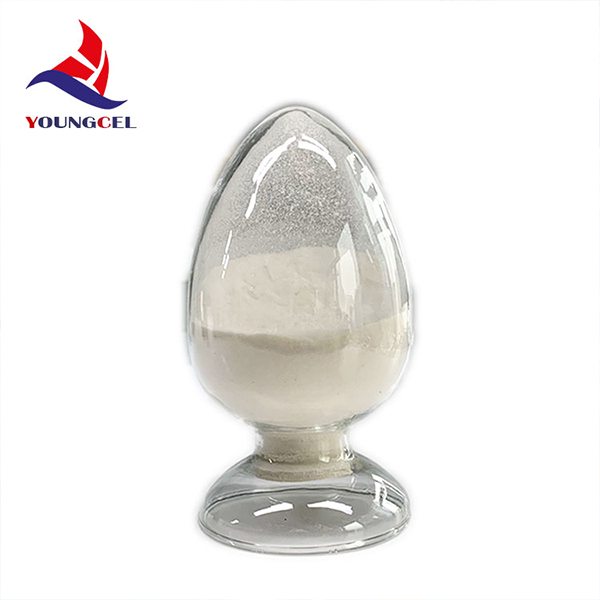The Market Dynamics of Cellulose Powder Price Trends and Factors Influencing Costs
Cellulose powder, a natural polymer derived from plant cell walls, is gaining significant traction across various industries due to its versatility and extensive applications. From food and pharmaceuticals to cosmetics and construction, cellulose powder plays a crucial role as a thickener, stabilizer, and texturizing agent. However, one of the most pressing concerns for manufacturers and consumers alike is the fluctuating price of cellulose powder. This article explores the factors influencing cellulose powder prices, current market trends, and future predictions.
Understanding Cellulose Powder
Cellulose powder is produced by the mechanical or chemical breakdown of plant fibers, primarily derived from wood, cotton, or other high-cellulose materials. It is prized for its biodegradability, non-toxicity, and functional properties. In the food industry, for instance, it serves as a low-calorie filler in various products, while in pharmaceuticals, it acts as a binding agent in tablets. The demand for cellulose powder has surged in recent years as industries lean towards sustainable and eco-friendly products.
Price Trends in the Cellulose Powder Market
The price of cellulose powder has shown a considerable range, typically influenced by raw material costs, production processes, and market demand. As of 2023, the price averages between $1,000 and $3,000 per ton, depending on the type and purity of the cellulose. For example, microcrystalline cellulose, known for its high purity and specialized applications, tends to be on the higher end of this spectrum.
Factors Influencing Prices
1. Raw Material Costs The cost of raw materials such as wood pulp and cotton greatly impacts the price of cellulose powder. Fluctuations in timber prices due to environmental regulations, deforestation concerns, and market demand directly translate to increased production costs.
2. Manufacturing Processes The complexity of the manufacturing process—mechanical vs. chemical extraction—also influences costs. Chemical processing, while efficient for purity, often requires significant energy and resources, contributing to higher pricing.
cellulos powder price

3. Technological Advancements Innovations in cellulose production technology can alter price dynamics. Advanced techniques that optimize yield and reduce waste tend to lower overall production costs, making cellulose powder more economically accessible.
4. Regulatory Climate The global regulatory environment surrounding food and pharmaceuticals can also affect prices. Stricter safety and quality regulations may lead companies to invest more in compliance, which can, in turn, elevate the price of cellulose powder.
5. Market Demand The growing awareness and adoption of natural and organic products directly influence cellulose powder demand. Industries focusing on sustainability are increasingly turning to biodegradable options, resulting in heightened competition and price variability.
6. Global Economic Factors Broader economic conditions such as tariffs, trade agreements, and currency fluctuations can also have a significant impact on pricing. Global supply chain disruptions, as seen during recent pandemics, can lead to shortages and subsequent price hikes.
Future Predictions for Cellulose Powder Prices
Looking ahead, industry experts predict a stabilization of cellulose powder prices, provided that supply chain issues are resolved. As new production technologies emerge, the cost of manufacturing is expected to decline, which may lower market prices in the long run. Additionally, increased consumer demand for sustainable products will likely continue to drive investment in cellulose powder production, further enhancing market dynamics.
Conclusion
In conclusion, the pricing of cellulose powder is a multifaceted issue influenced by various factors, from raw material costs to technological advancements and market demand. As industries increasingly prioritize sustainability, the market for cellulose powder is poised for growth. Stakeholders must remain vigilant, adapting to changing conditions and consumer preferences to navigate the fluctuations in prices effectively. Understanding these factors will be essential for manufacturers and consumers alike in leveraging the benefits of this versatile and eco-friendly resource.
-
Rdp Powder: Key Considerations for Wholesalers in the Building Materials IndustryNewsJul.08,2025
-
Key Considerations for Wholesalers: Navigating the World of Hpmc - Based ProductsNewsJul.08,2025
-
Hpmc Detergent: Key Considerations for WholesalersNewsJul.08,2025
-
Key Considerations for Wholesalers: China Hpmc For Tile Adhesive, Coating Additives, Concrete Additives, and MoreNewsJul.08,2025
-
Crucial Considerations for Wholesalers: Navigating the World of Construction MaterialsNewsJul.08,2025
-
Key Considerations for Wholesalers Sourcing Additive For Cement, Additive For Concrete, Additive For Putty from Additive Manufacturer Shijiazhuang Gaocheng District Yongfeng Cellulose Co., Ltd.NewsJul.08,2025




